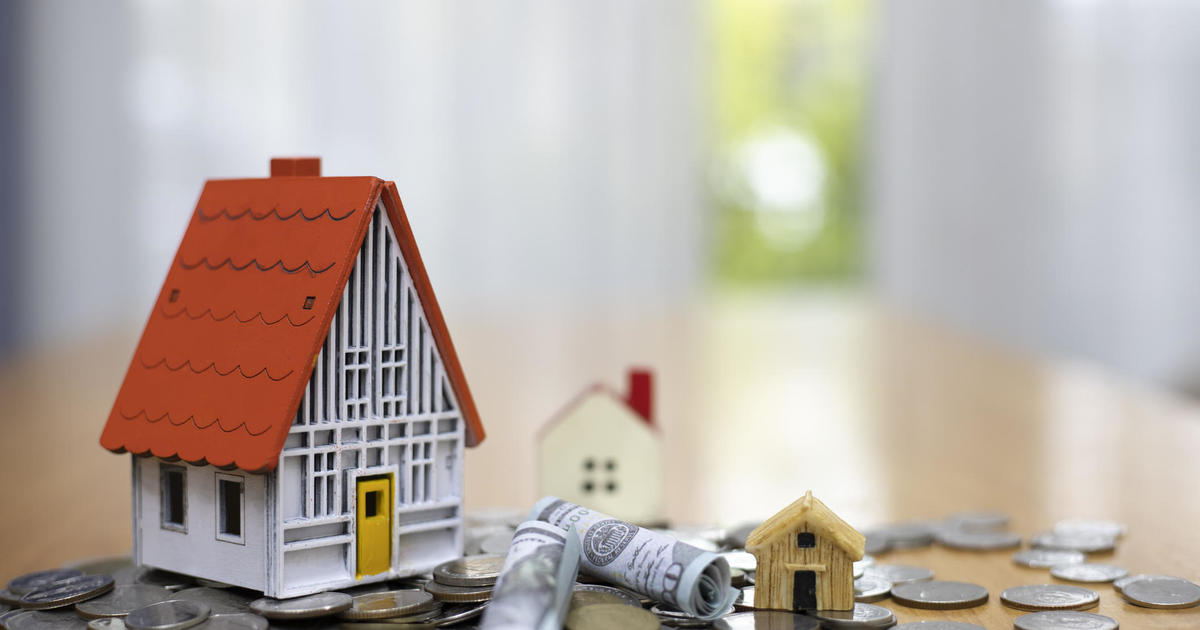Getty Images
For most people, the mortgage rate they’re offered plays a significant role in whether or not it makes sense to buy a home. After all, the lower your mortgage rate, the more affordable your monthly payments generally are — and the less you pay in total interest over the life of the loan. So, waiting for even a slight drop in rates could mean the difference between affording a home purchase and being priced out.
At 6.43%, today’s mortgage rates are a far cry from the sub-3% rates that were common during the pandemic. But while today’s rates seem high comparatively, they’re actually pretty normal by historical standards. Plus, mortgage rates have dropped recently, with the average rate hitting a 15-month low earlier this month. Now that inflation is cooling, the Fed is also expected to cut rates for the first time in September, which could cause mortgage rates to drop even further.
Given these factors, you may be wondering whether it’s the right time to lock in your mortgage rate. While the answer to that question is a personal one, understanding the potential costs at current rates can help you make an informed decision. Here, we’ll calculate what the costs of a $350,000 mortgage would be at today’s rates — and what you might save if rates continue to fall.
See how low of a mortgage rate you could lock in online now.
How much would a $350,000 mortgage cost per month?
Several factors influence the cost of your mortgage loan, with the interest rate and down payment being the most significant. The calculations below assume a 20% down payment ($70,000) on the home, which is necessary to avoid paying for private mortgage insurance (PMI). These figures do not include property taxes and homeowners insurance, which can vary significantly depending on the location.
Here’s what you can expect to pay monthly on a $350,000 loan at today’s rates:
- 30-year mortgage at 6.43%: $1,756.92 per month
- 15-year mortgage at 5.83%: $2,337.16 per month
While the 15-year mortgage comes with a higher payment of about $580 more per month, it allows you to pay off the loan in half the time, potentially saving you thousands in interest over the life of the loan.
But what if rates continue to fall? Let’s explore a scenario where the Federal Reserve implements two 25-basis-point cuts in the coming months. While mortgage rates don’t move in perfect sync with Fed rate changes, we can estimate.
If rates fall by 25 basis points to 6.18% and 5.58%, respectively, here’s what a $350,000 mortgage loan would cost:
- 30-year mortgage at 6.18%: $1,711.28 per month
- 15-year mortgage at 5.58%: $2,299.74 per month
If rates were to then fall by another 25 basis points to 5.93% and 5.33%, respectively, here’s what a $350,000 mortgage loan would cost:
- 30-year mortgage at 5.93%: $1,666.16 per month
- 15-year mortgage at 5.33%: $2,262.65 per month
As you can see, waiting for rates to potentially drop further could save you about $91 per month on a 30-year mortgage or about $72 per month on a 15-year mortgage, comparing the current rates to the scenario after two rate cuts.
However, it’s important to note that waiting for the “perfect” rate comes with its own set of risks. As rates fall, more buyers may enter the market, increasing competition and potentially driving up home prices — similar to what we saw during the height of the pandemic. The time spent waiting is time you could have also been building equity in your home.
Learn about the top mortgage rates that you could qualify for here.
The bottom line
If you were to purchase a home at today’s average rates with a $350,000 mortgage loan, you can expect the monthly payments (principal and interest only) to range from $1,756.92 to $2,337.16 (depending on the loan term you choose). While waiting for rates to drop further could potentially save you about $100 per month or so, that may not be the best plan. After all, the potential savings could be negated by the risks that come with a more competitive market — and the missed opportunity for building equity.
